How to View MEXC Futures Account Assets and Open Positions For Improved Trading
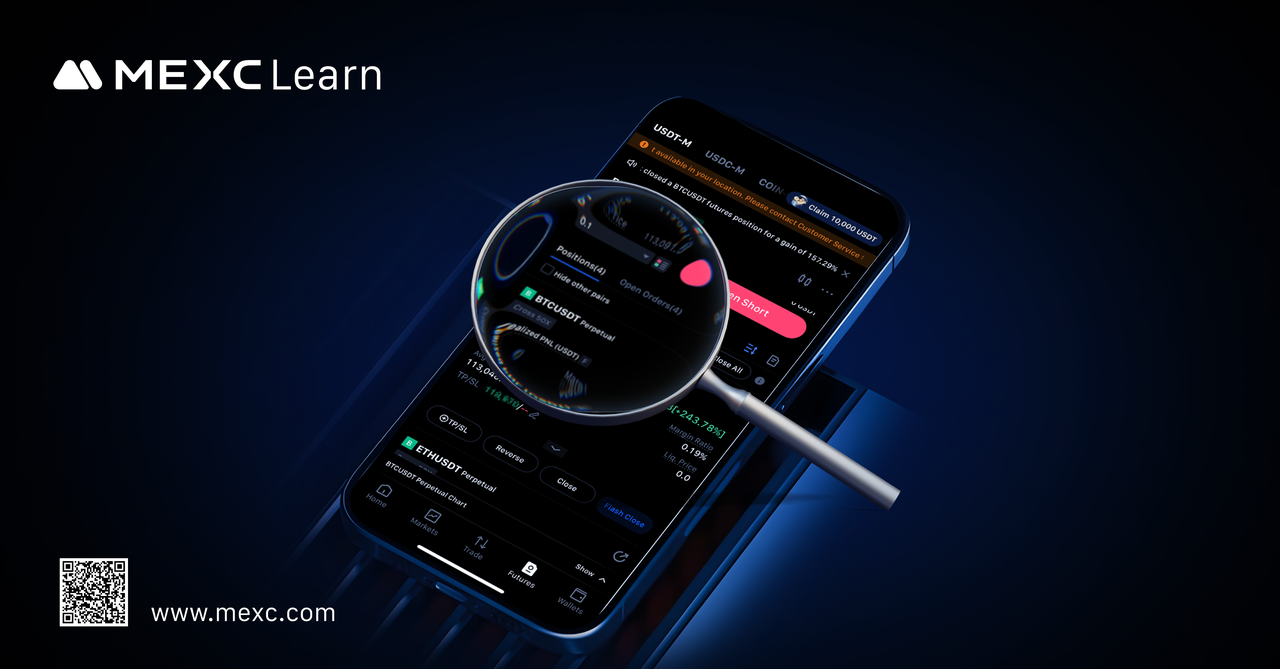
1. Viewing Futures Account Assets and Open Positions on the MEXC App
1.1 Viewing Futures Account Assets
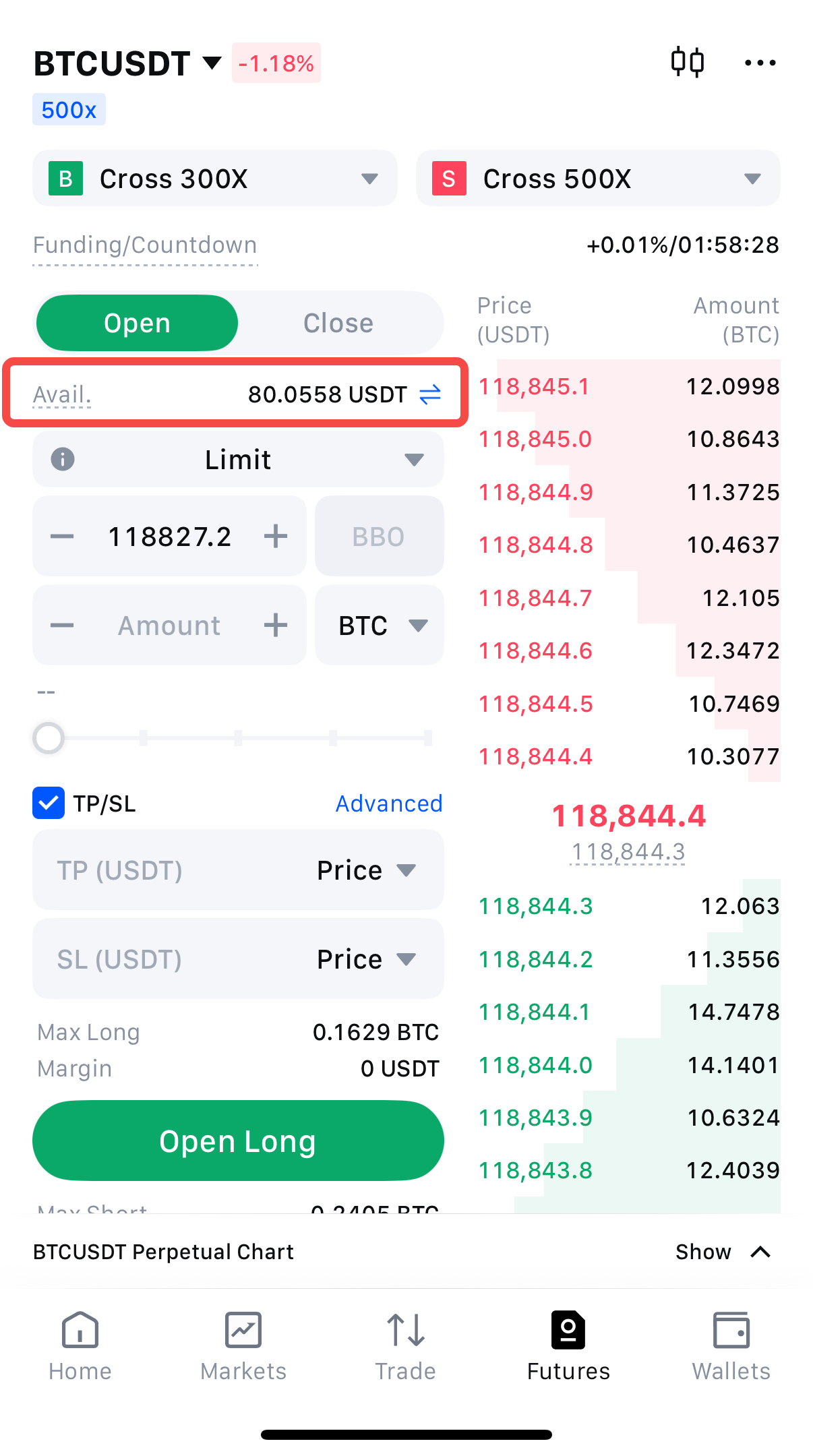
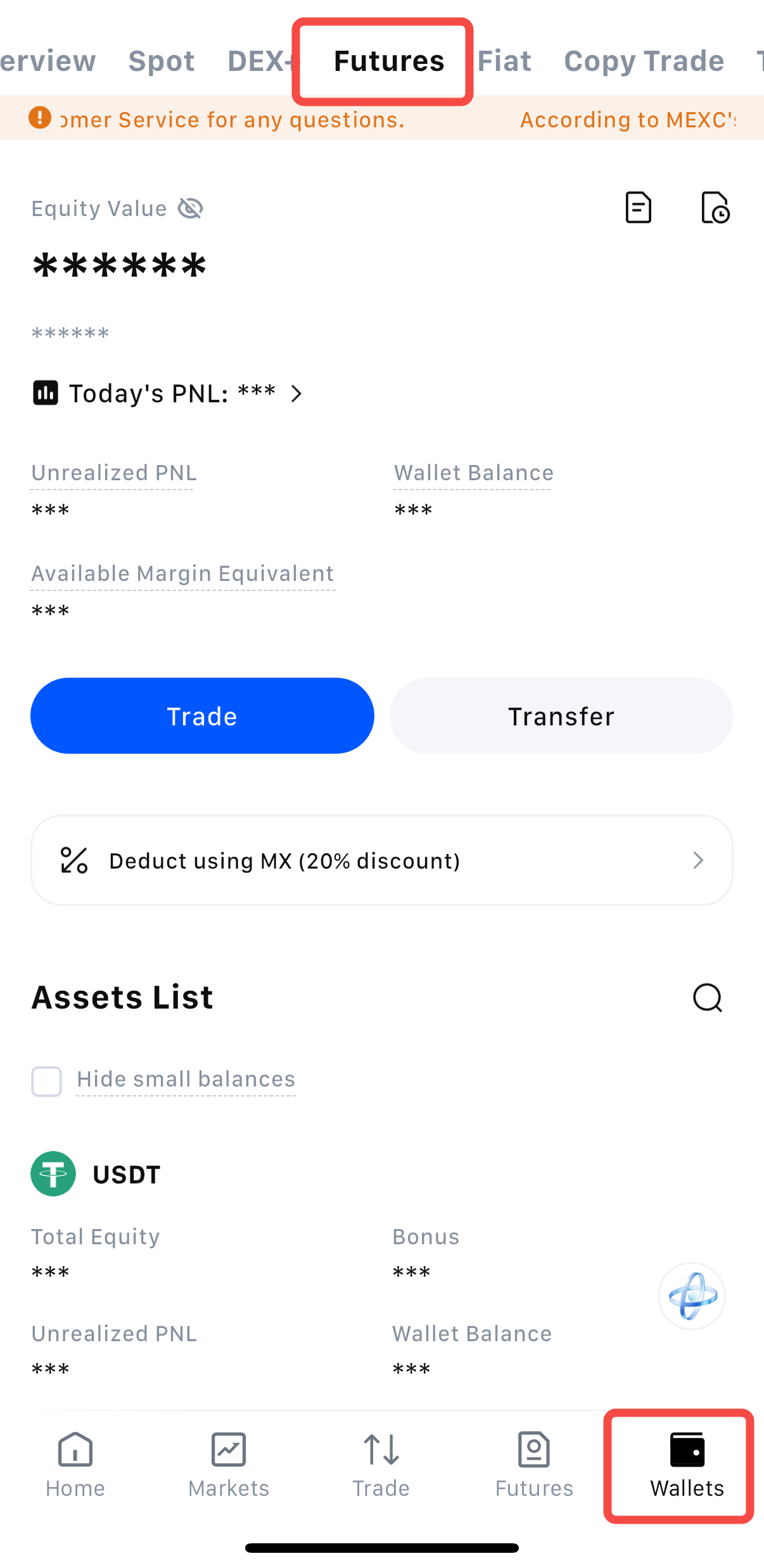
1.2 Viewing Open Positions
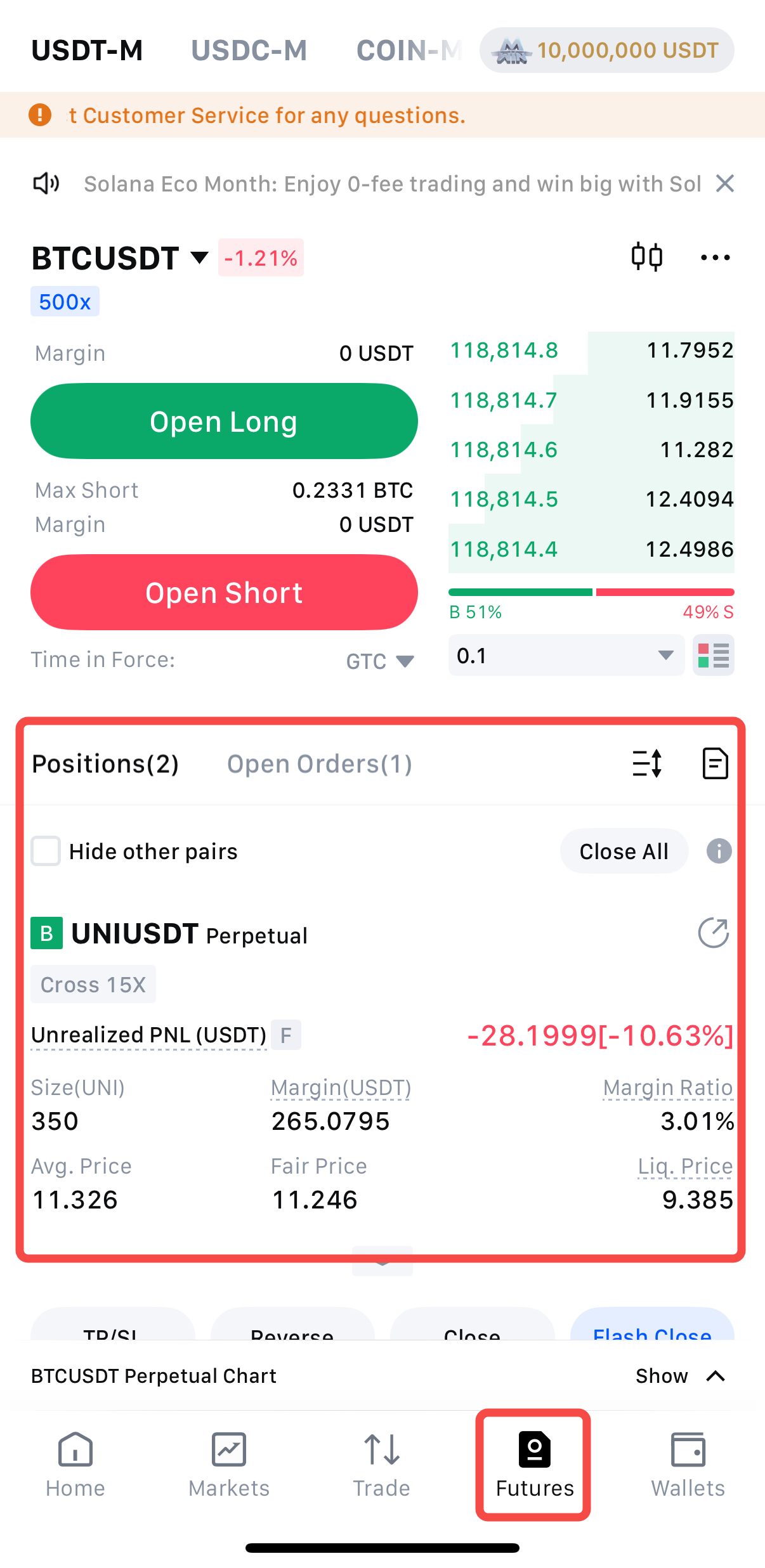
2. Viewing Futures Account Assets and Open Positions on Web
2.1 Viewing Futures Account Assets
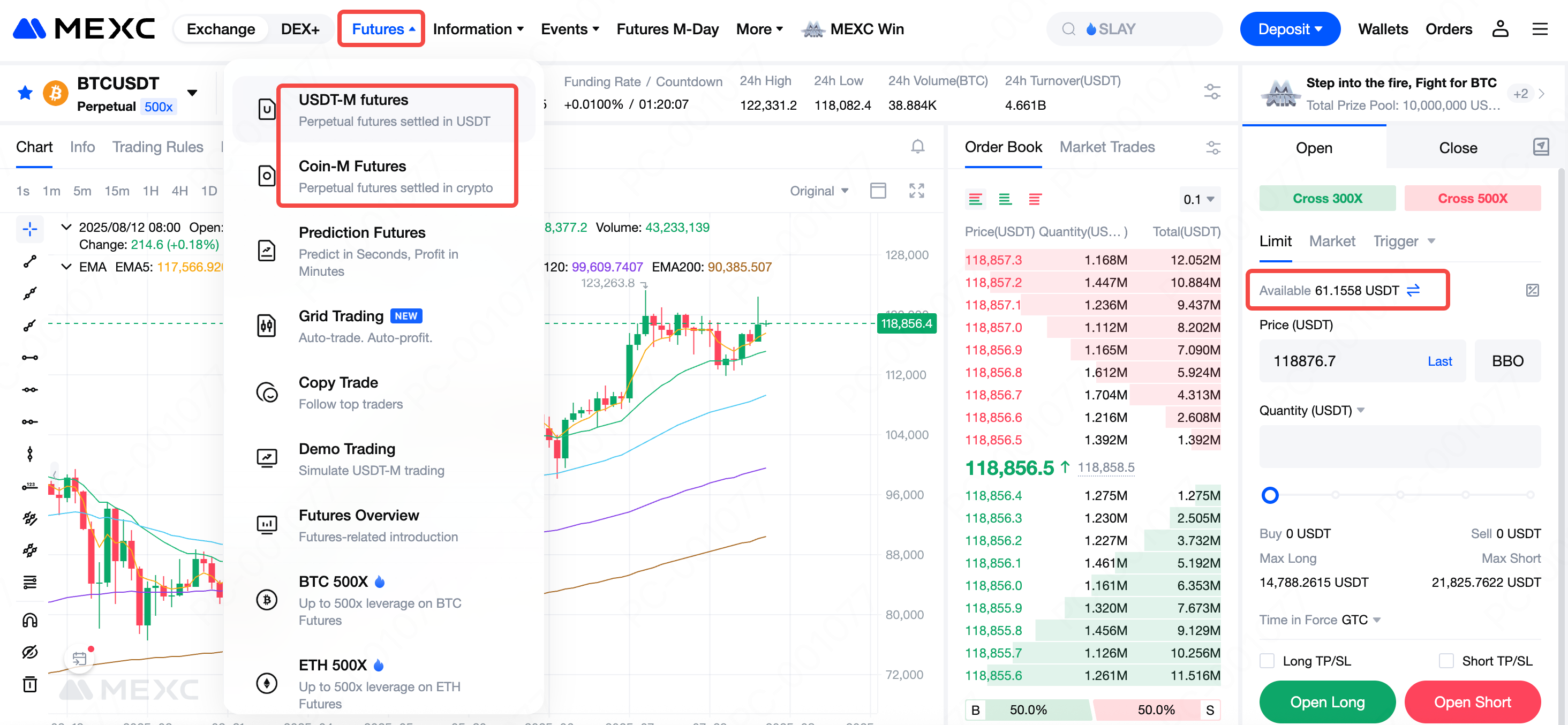
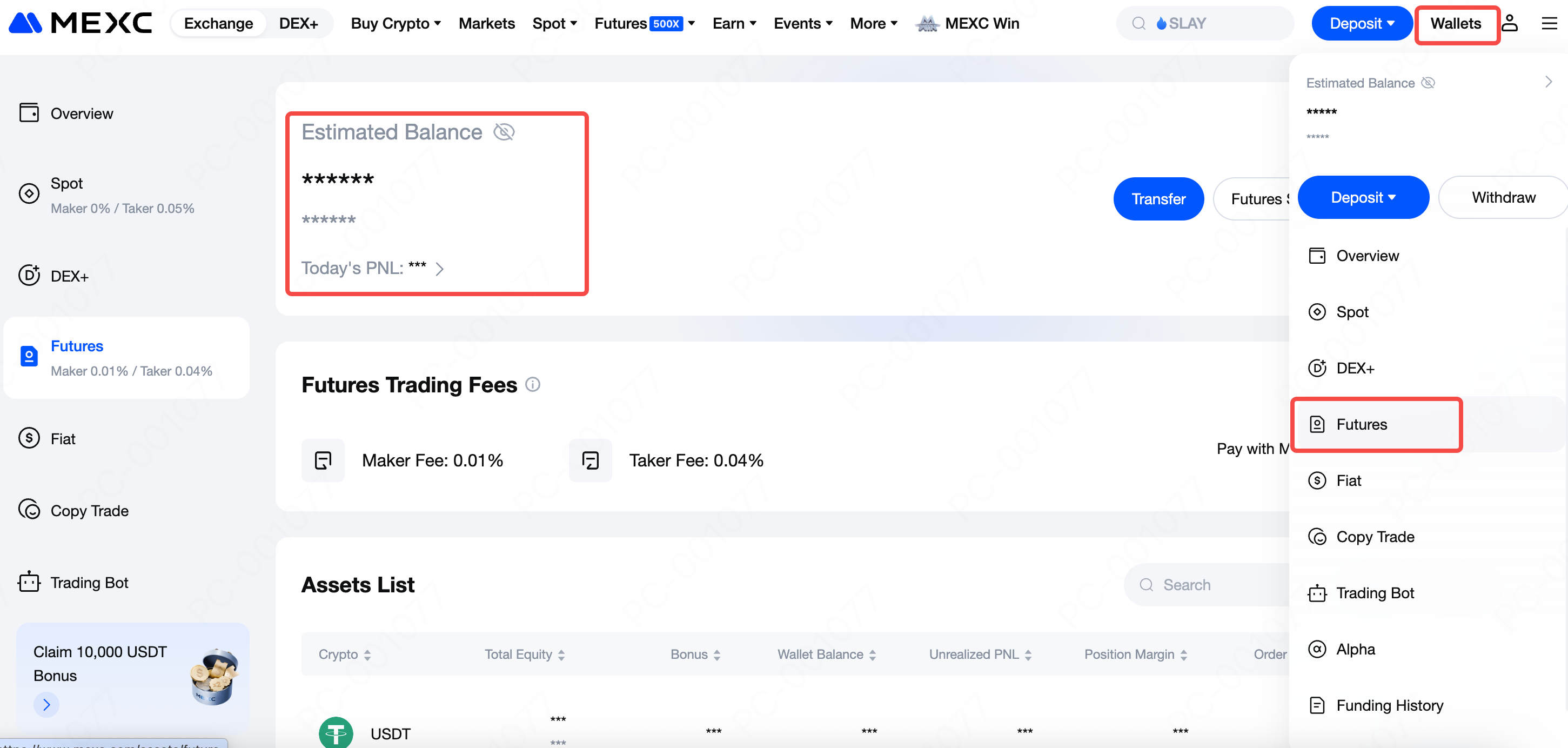
2.2 Viewing Open Positions

3. MEXC Futures Open Positions Page: Key Terms Explained
Recommended Reading:
- Why Choose MEXC Futures? Gain deeper insight into the advantages and unique features of MEXC Futures to help you stay ahead in the market.
- How to Participate in M-Day Learn the step-by-step methods and tips for joining M-Day and don't miss out on over 80,000 USDT in daily Futures bonus airdrops.
- MEXC Futures Trading Tutorial (App) Understand the full process of trading Futures on the app and get started with ease.
Popular Articles
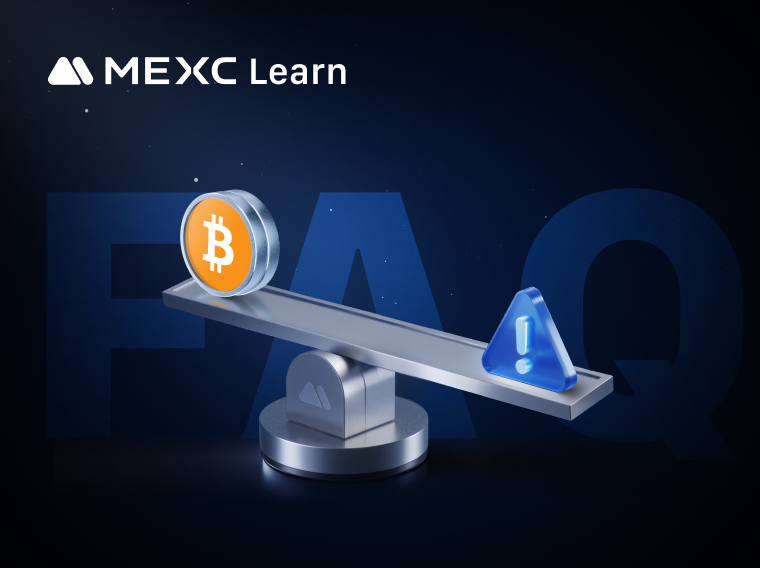
Understanding Liquidation Risk: FAQs and Protection Tips
On MEXC, users can trade either USDT-M Perpetual Futures, with leverage up to 500x, or Coin-M Perpetual Futures, with leverage up to 200x. While high leverage offers the potential for significantly am

On What Date Was the First Block of the Ethereum Blockchain Mined?
If you've ever wondered about Ethereum's beginning, you're asking the right question. The story of when Ethereum's first block was mined marks one of the most significant moments in cryptocurrency his
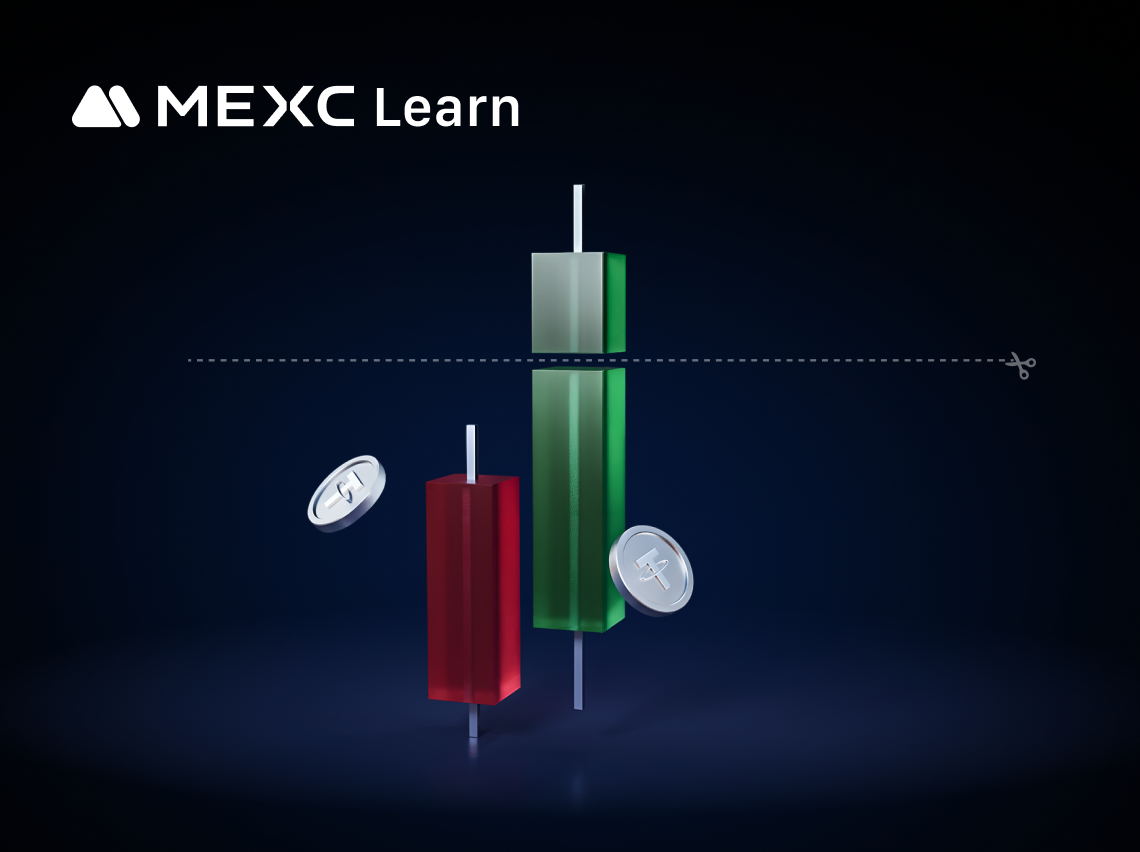
MEXC Advanced Futures Trading Strategies: Take Profit to Lock in Gains
When trading futures, successfully opening a position is only half the battle. The key to determining the success of a trade lies in closing it effectively: locking floating profits on the books into
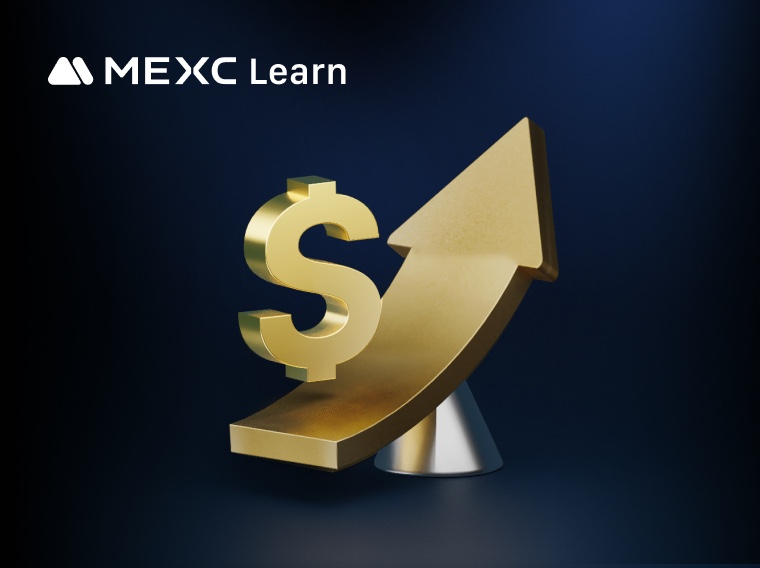
Maximize Profits or Face Liquidation? Mastering the Core Mechanics of Futures Leverage for Optimal Capital Efficiency
In the cryptocurrency and derivatives markets, leveraged futures trading is a powerful yet high-risk instrument. By enabling traders to control substantial positions with relatively small amounts of c
Hot Crypto Updates
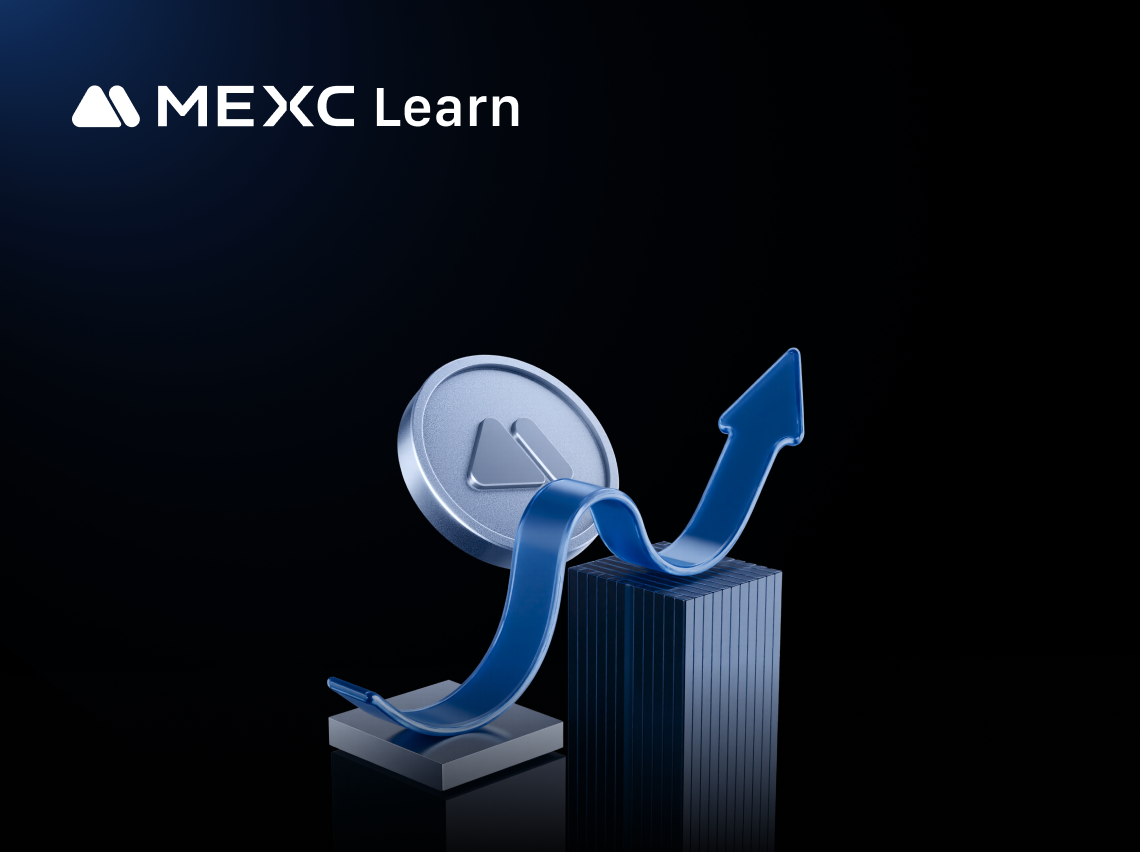
Is Anoma (XAN) Legal? Compliance Guide for Traders
Introduction to Anoma (XAN)'s Legal ClassificationAnoma (XAN) is an innovative cryptocurrency operating in the global digital finance sector, designed as an intent-centric decentralized operating syst
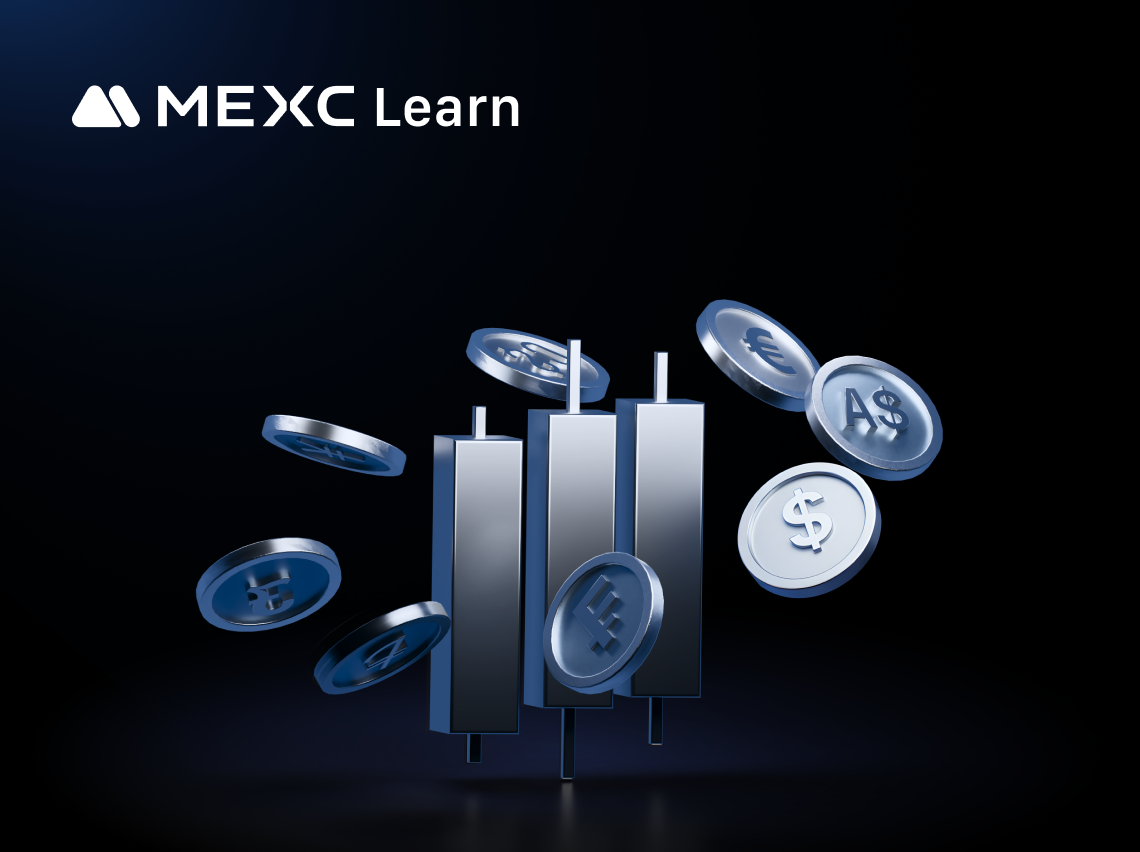
How to Select an Anoma (XAN) Trading Platform with Low Fees
Introduction to Trading Fee Structures for Anoma (XAN)When trading Anoma (XAN) or any cryptocurrency, fees can significantly impact your overall returns, especially for active traders who make frequen
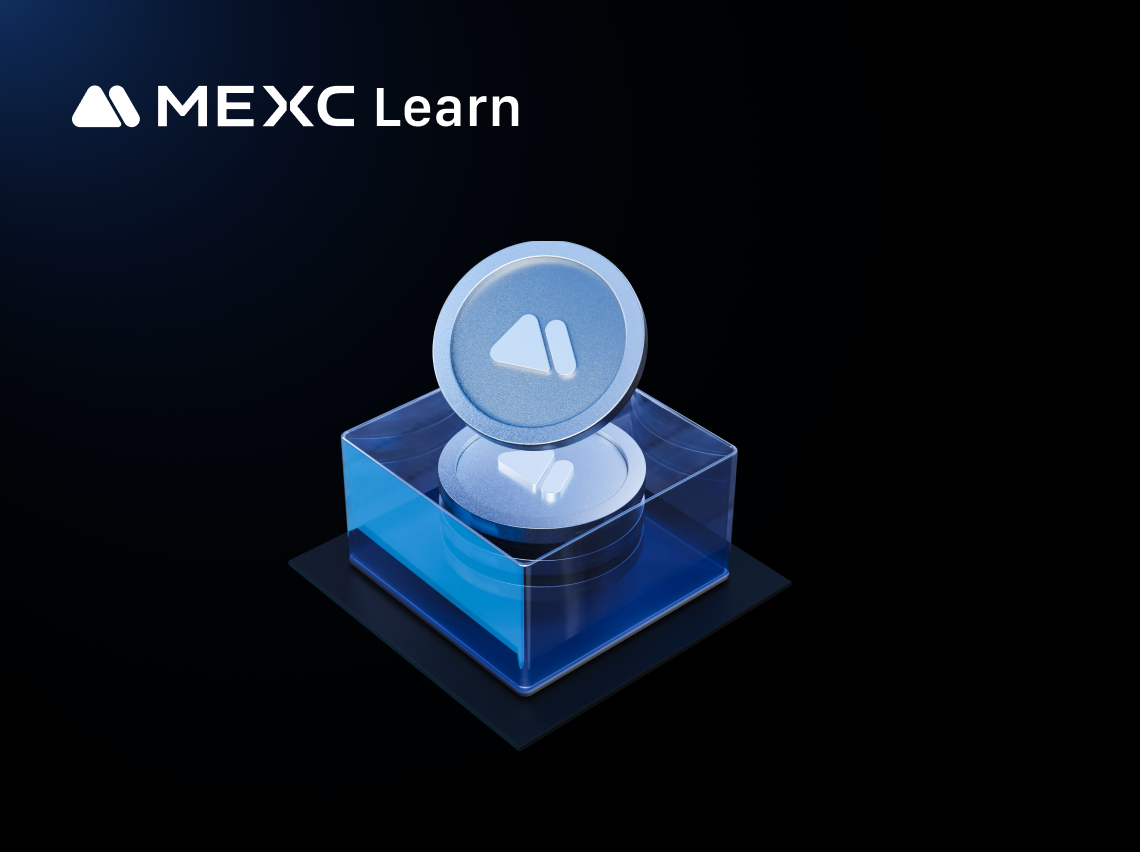
Anoma (XAN) Derivatives 101: Beginner's Guide
Understanding Anoma (XAN) DerivativesAnoma (XAN) derivatives are financial contracts that derive their value from the underlying Anoma cryptocurrency without requiring ownership of the actual XAN toke
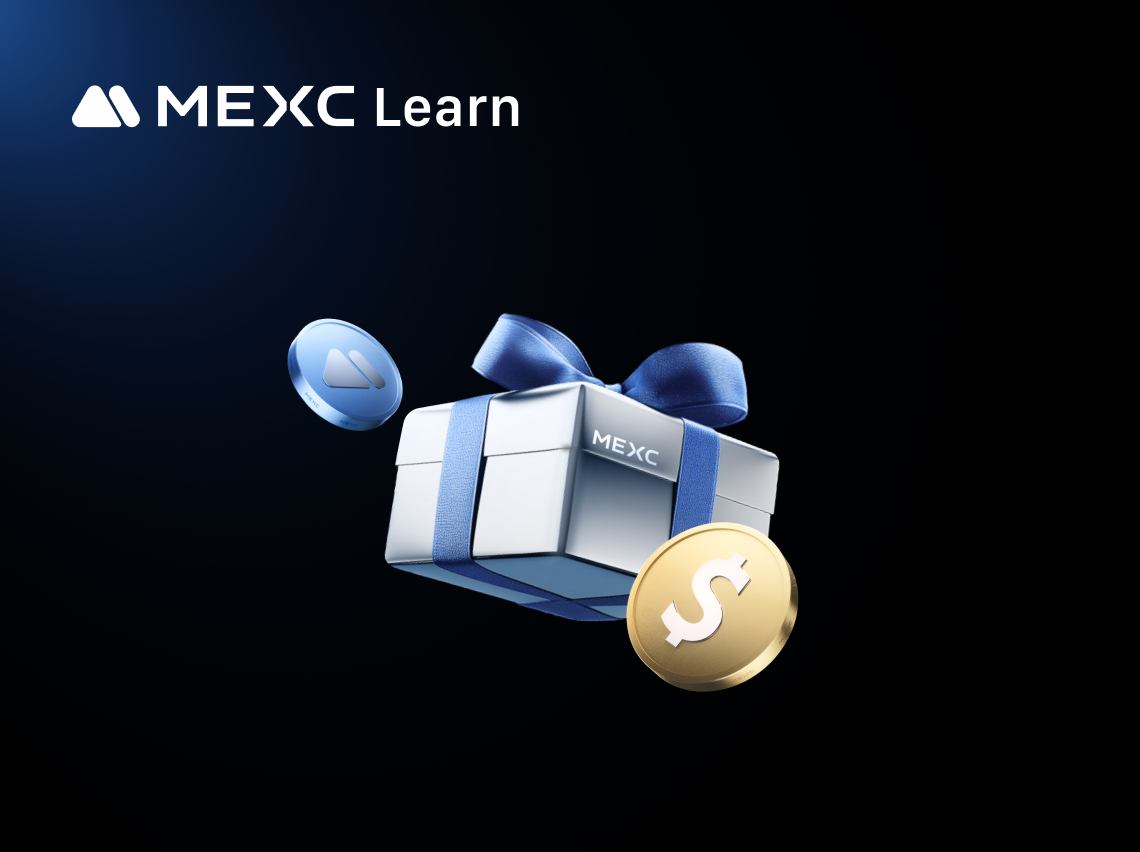
Anoma (XAN) Futures Trading: Risks and Rewards
Introduction to Anoma (XAN) Futures TradingAnoma (XAN) futures contracts allow traders to buy or sell XAN at a predetermined price at a future date without owning the actual Anoma tokens. Unlike spot
Trending News

Logitech G Drops a Wide Array Of New Products And Innovations At Logitech G PLAY 2025
Logitech G PLAY 2025 is a live-streamed global gaming event that brings together press, partners, creators, and fans to explore the future of gaming. The array of products and experiences included maj
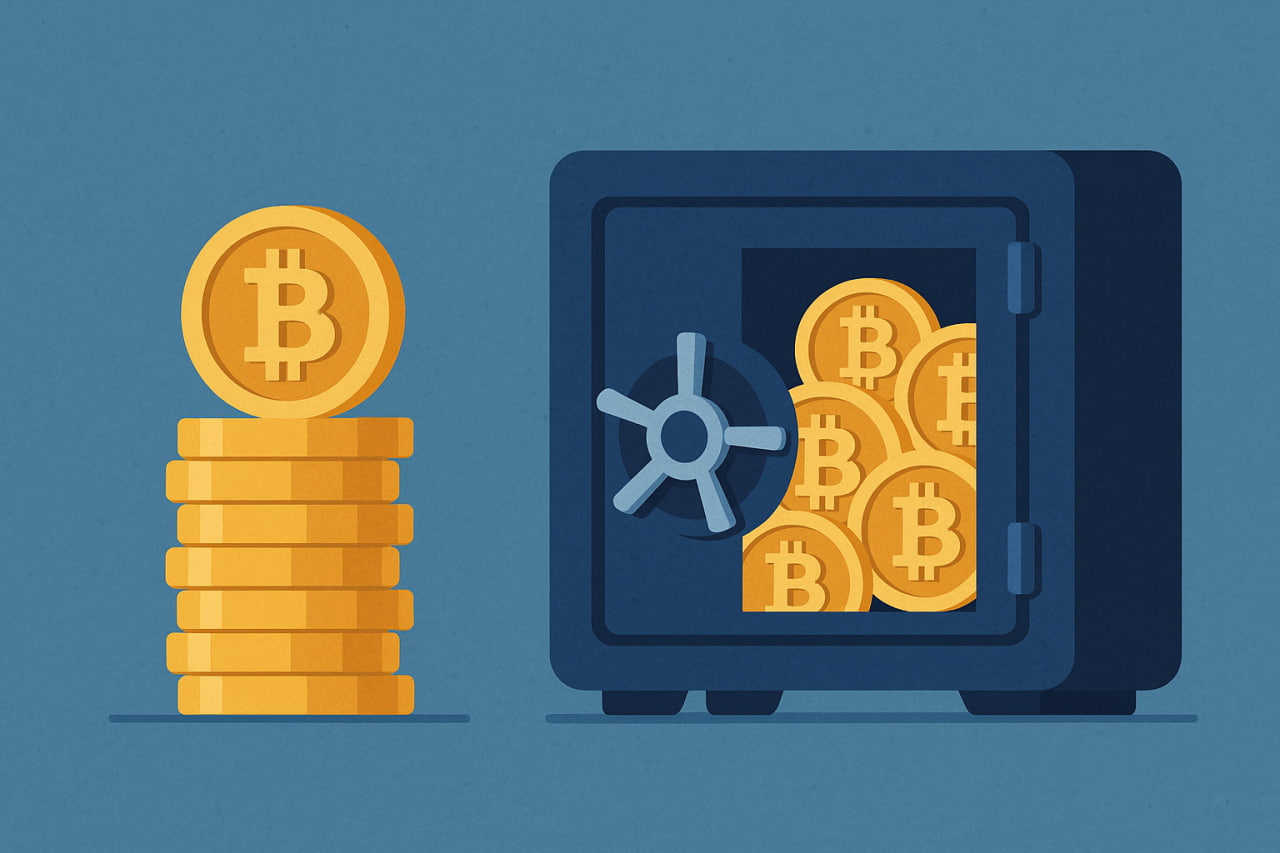
Only a Few Crypto Treasuries Will Survive, Warns Coinbase Research Chief
That’s the view of David Duong, who leads investment research at Coinbase, and sees the sector moving into a consolidation […] The post Only a Few Crypto Treasuries Will Survive, Warns Coinbase Resear
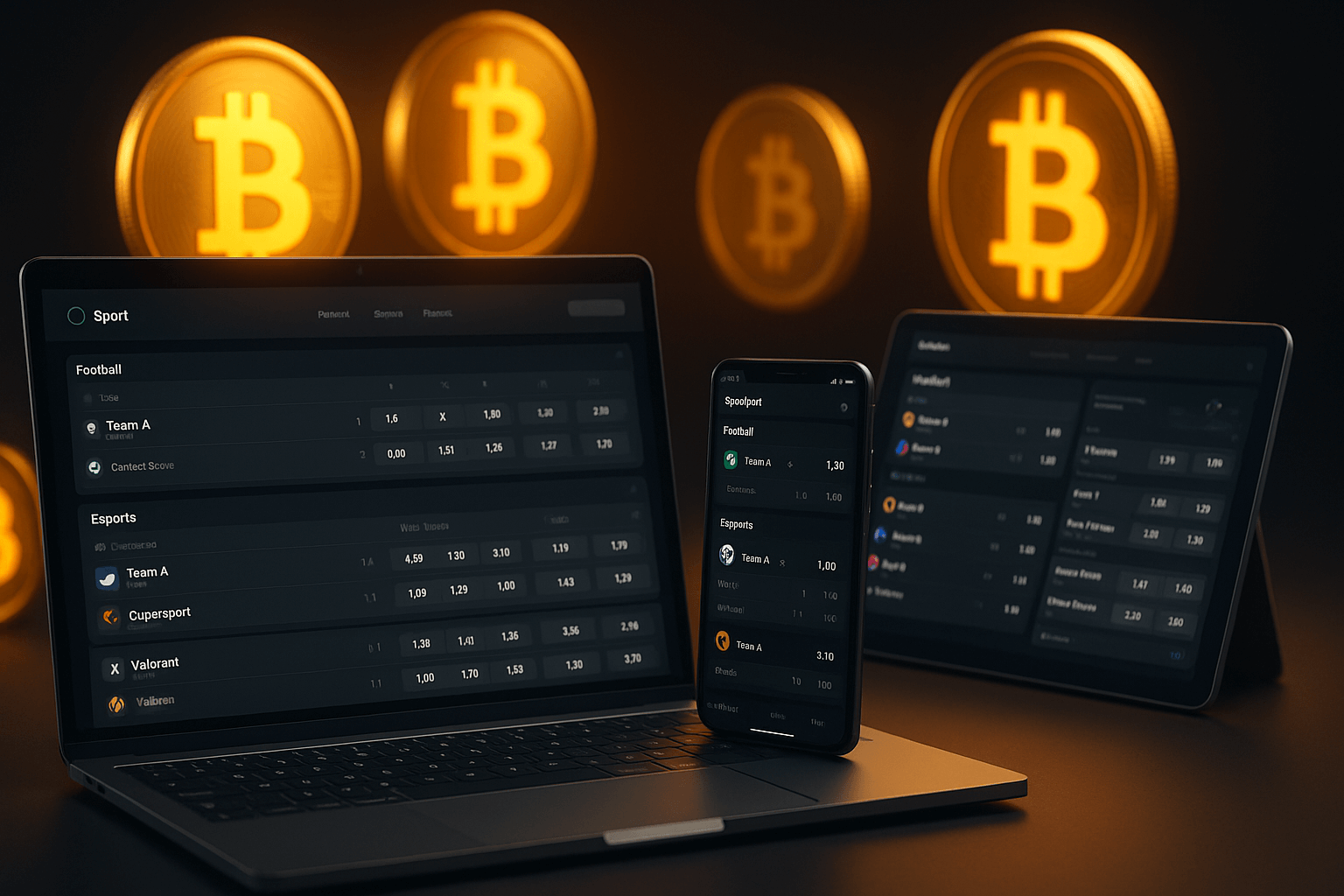
Betting With Crypto? Best Bitcoin Sportsbooks to Use in October 2025
If you want to bet with Bitcoin (or other cryptos) in 2025, you need a sportsbook that combines trust, liquidity, speed, and good promotions. In this article, we profile the best crypto sportsbooks av
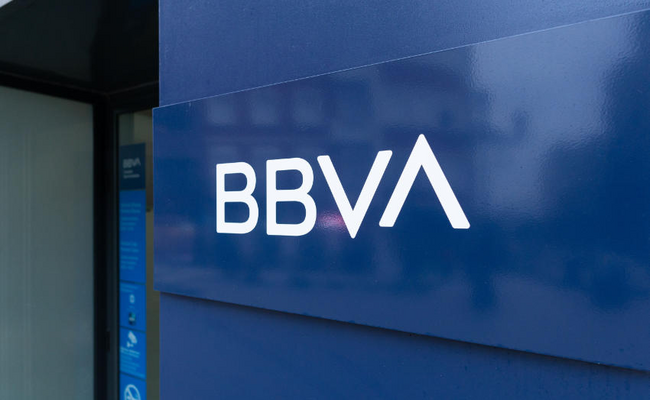
BBVA and SGX FX Partner to Launch 24/7 Regulated Crypto Trading for Retail Investors in Europe
Highlights: BBVA and SGX FX partner to launch 24/7 Bitcoin and Ethereum trading under Europe’s MiCA regulation. BBVA becomes the first EMEA bank to use SGX FX’s crypto infrastructure for retail client
Related Articles

Maximize Profits or Face Liquidation? Mastering the Core Mechanics of Futures Leverage for Optimal Capital Efficiency
In the cryptocurrency and derivatives markets, leveraged futures trading is a powerful yet high-risk instrument. By enabling traders to control substantial positions with relatively small amounts of c
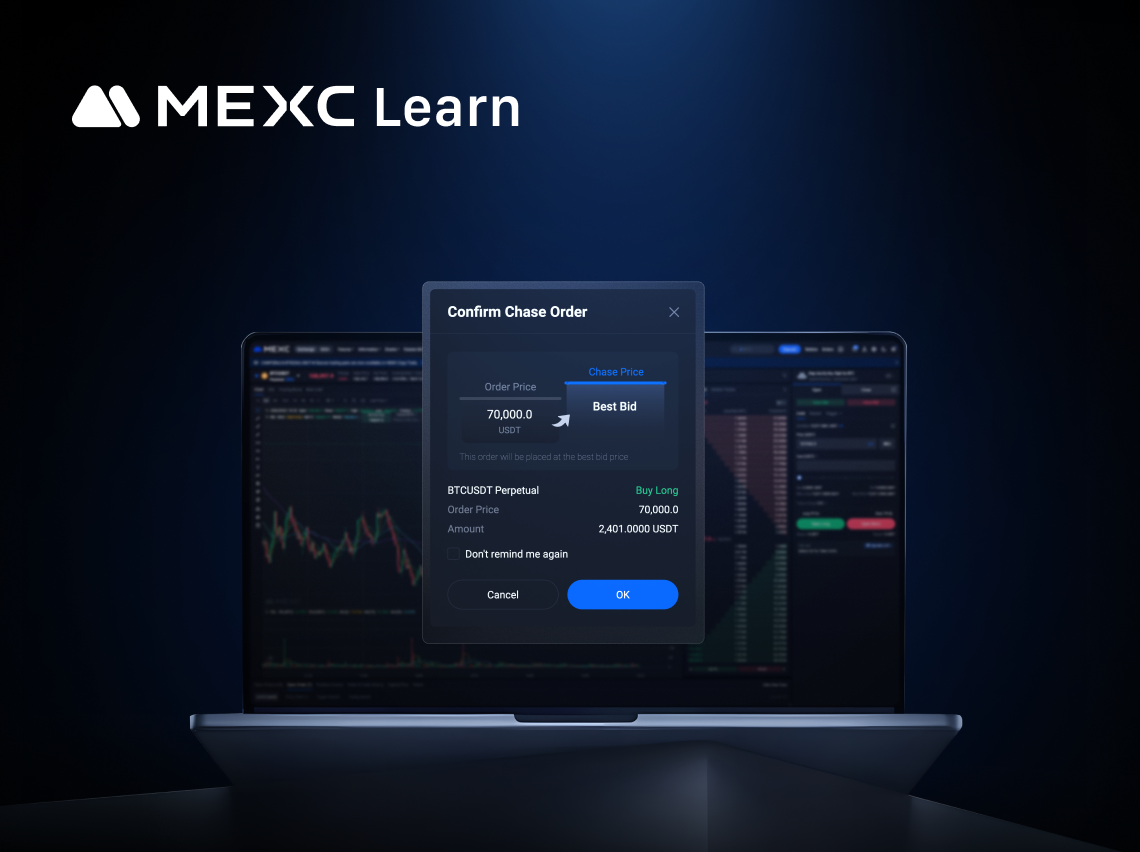
Don't Miss Trading Opportunities: Capture Market Volatility with MEXC Futures Chase Orders
High volatility has long been one of the defining features of the cryptocurrency market, and it remains an important factor attracting many participants. In such fast-moving conditions, the ability to
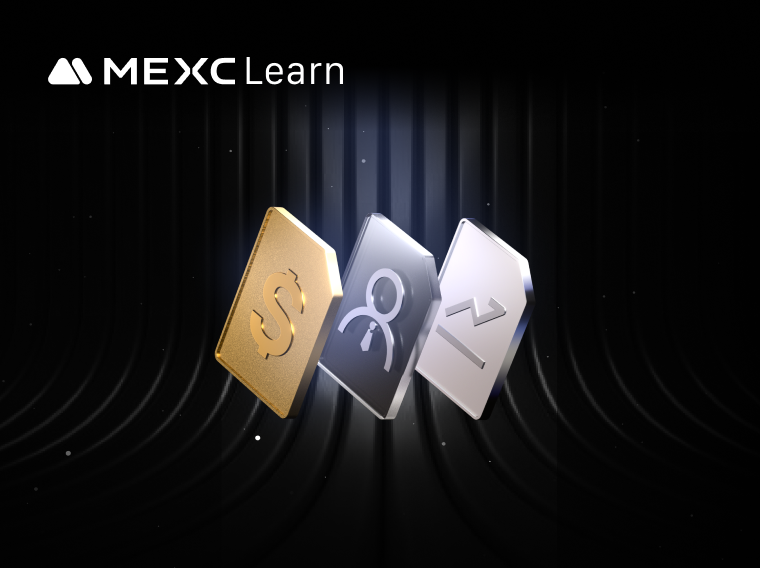
What Is Copy Trade? Advantages and Risks You Should Understand
In the cryptocurrency market, futures trading is renowned for its high potential returns, yet its complexity and inherent risks often discourage newcomers. To help lower this barrier, MEXC introduced
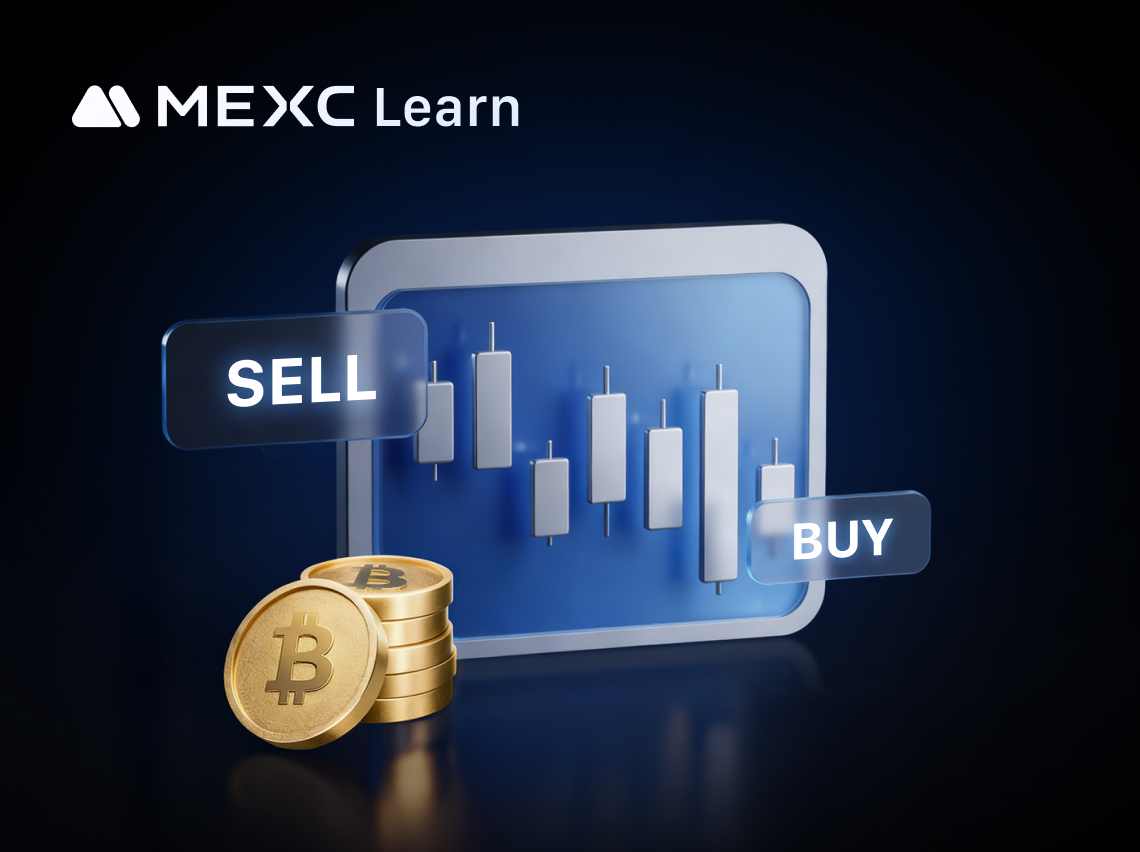
The Complete Guide to Coin-M Perpetual Futures on MEXC
In cryptocurrency derivatives, Futures trading enables investors to apply leverage to increase potential returns and to take positions in both rising and falling markets. MEXC offers two primary types
